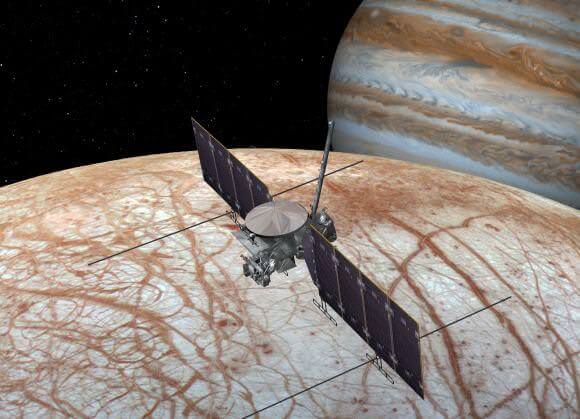
From Matt Williams at Universe Today:
For decades, scientists have believed that there could be life beneath the icy surface of Jupiter’s moon Europa. Since that time, multiple lines of evidence have emerged that suggest that it is not alone. Indeed, within the Solar System, there are many “ocean worlds” that could potentially host life, including Ceres, Ganymede, Enceladus, Titan, Dione, Triton, and maybe even Pluto.
But what if the elements for life as we know it are not abundant enough on these worlds? In a new study, two researchers from the Harvard Smithsonian Center of Astrophysics (CfA) sought to determine if there could in fact be a scarcity of bioessential elements on ocean worlds.
From a recent email from the authors of a study (public access):
“We found that, as per the assumptions in our model, phosphorus, which is one of the bioessential elements, is depleted over fast timescales (by geological standards) on ocean worlds whose oceans are neutral or alkaline in nature, and which possess hydrothermal activity (i.e. hydrothermal vent systems at the ocean floor). Hence, our work suggests that life may exist in low concentrations globally in these ocean worlds (or be present only in local patches), and may therefore not be easily detectable.”

…
This naturally has implications for missions destined for Europa and other moons in the outer Solar System. These include the NASA Europa Clipper mission, which is currently scheduled to launch between 2022 and 2025. Through a series of flybys of Europa, this probe will attempt to measure biomarkers in the plume activity coming from the moon’s surface. More.
Well, luckily, there’s only one way to find out for sure. How about: Boldly go. But be realistic. Let science fiction be fiction and enjoy it as such. 😉
See also: Exoplanets break apparent rules for planet formation
Water forms superionic ice, a “new” metal-like state with H+ ions as charge carriers (kairosfocus)
and
Tour the exoplanets – virtually – courtesy of NASA